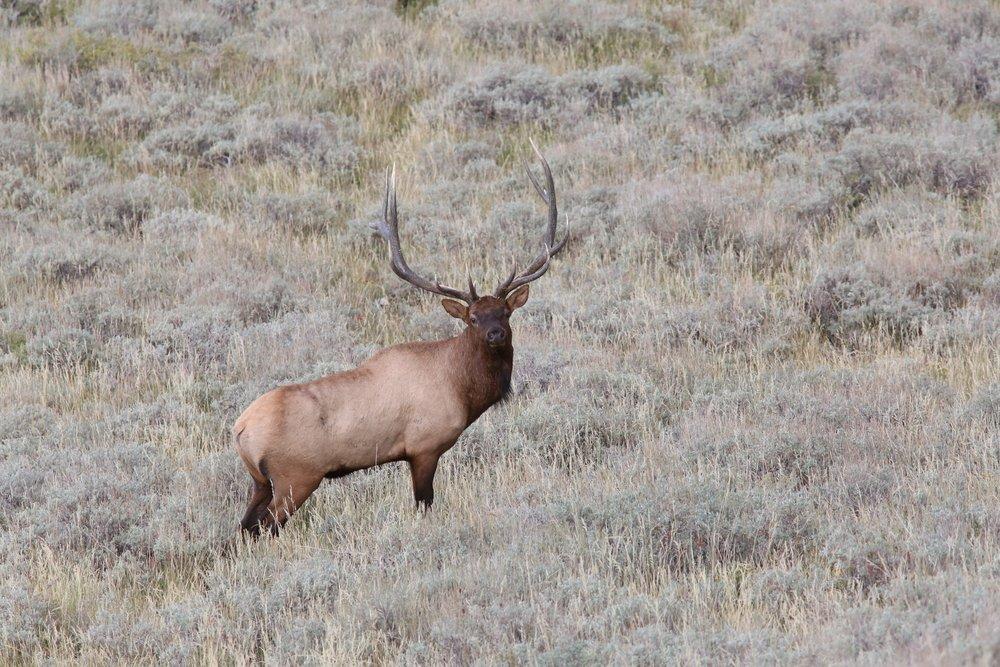Have You Ever Hunted in Tough Weather Conditions?
Hunting in dry, hot weather can be tough. I've faced those conditions during 20-some years bowhunting New Mexico's Gila region to be sure; the corn-flake ground, each step an auditory assault. Idaho normally affords quieter footing, though thick brush that clutches and trips can turn this long-time denizen of open Southwest habitat occasionally ill tempered.
In New Mexico, dry years were banner seasons -- limited, scattered stock tanks and wildlife drinkers making guarding water for thirsty elk deadly effective. Maybe too much so. Hunting water became so popular -- even during wet years -- stories of fist fights over possession of certain sites became commonplace.
Northern Idaho, even during the driest seasons, relinquishes perhaps too many watering options. Sitting water or wallows certainly can reap big rewards, but even during a tough year, there's plenty of water to go around. It becomes a hit-and-miss proposition, unlike the near surety of a southwestern water hole during dry weather.
When Idaho woods turn this crunchy-noisy, it really leaves only one option -- calling. You're still going to be required to "dog" bugling bulls to stay in the game, use all the stalking skills at your disposal, but ultimately calling skills creates the shot.
This involves wearing the quietest duds possible and pulling stalking slippers over clumsy boots to insulate steps across grinding gravel and snapping twigs.
Calling isn't exactly a novel enterprise here in Idaho. The morning I got on the herd I plucked my bull from, there were two others calling to those elk. I knew this because, well, they sounded like hunters opperating calls and not elk. I guess I sounded more like elk than a hunter, as after shadowing a mixed herd of talkitive elk a couple hours, closing to within 70 yards, one of those bulls turned to investigate my mixed cow/calf mews and squealing spike bugles.
I shot him at 7 yards in extra-tight cover. It was one of the coolest elk hunts of my career, even if he was my smallest bull to date -- a big-bodied 4x4 with four or five seasons behind him (judging from tooth wear). Idaho doesn't relinquish the best genetics in the West, but tags are easy to secure, and bowhunting elk every season for average elk is certainly more fun than bowhunting every fifth, or 10th year for the best elk hunting around.
Don't Miss: 10 Elk Hunting Tips from the RMEF
Editor's Note: This was originally published September 29, 2012.
Are you a big game hunter wanting to learn how to accomplish your goals? Check out our stories, videos and hard-hitting how-to's on big game hunting.








